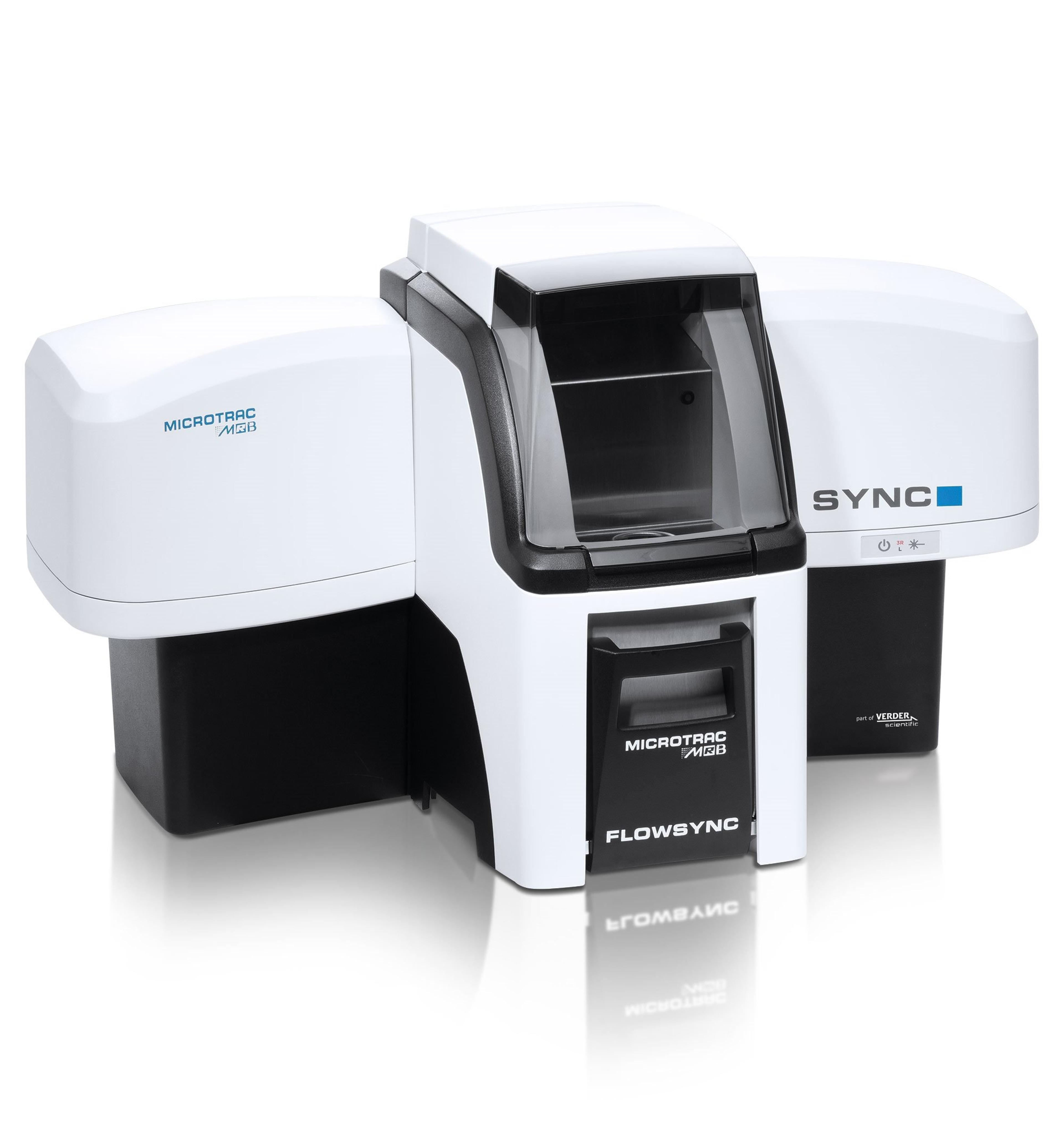Metallic effect pigments
28 Mar 2023In this application note, Microtrac MRB presents experimental data on the particle size distribution of two aluminum effect pigments investigated using laser diffraction. Effect pigments are pigments that impart additional properties to the system in which they are embedded, such as angle-dependent changes in hue or gloss, or texture. Effect pigments are divided into metal effect pigments and special effect pigments. Metal effect pigments are luster pigments made of metal that have a parallel orientation in the application and exhibit a metal-like effect produced by the reflection of light from the metal platelets. Important metal effect pigments are aluminum, brass and copper flakes. Non-metallic effect pigments are, for example, mica (sheet silicates), graphite, iron oxides, or molybdenum sulfide. What most effect pigments have in common is the flaky structure of the particles. In contrast to classic pigments, their effect is not primarily based on the absorption of certain wavelengths, but on reflection and interference. While classical pigments such as titanium dioxide often have particle sizes of a few 100 nanometers, the platelet-shaped effect pigments usually have a diameter of 5 - 100 µm, but much smaller layer thicknesses.

